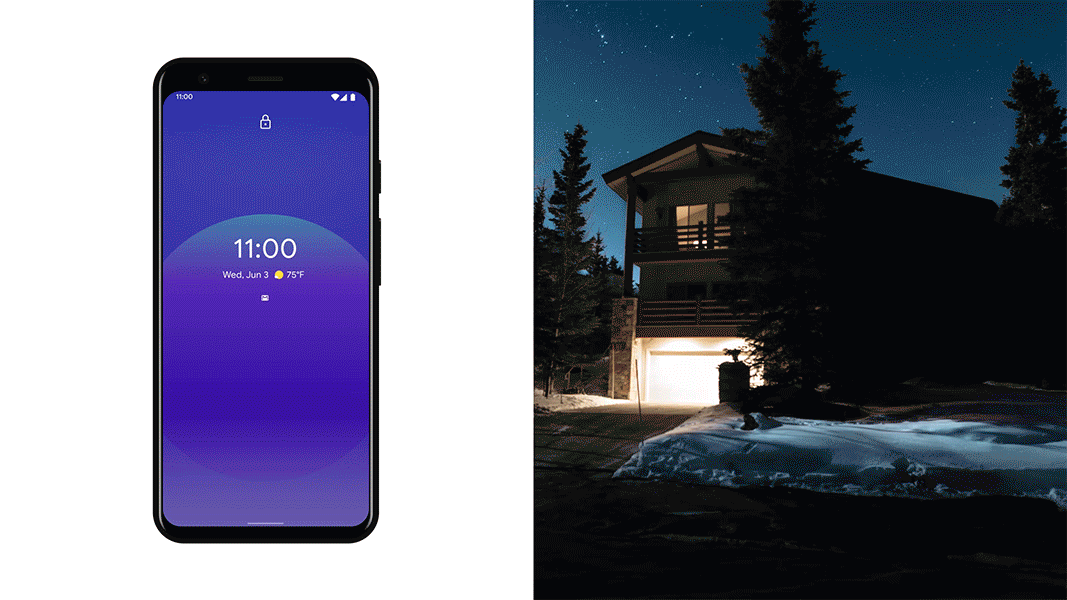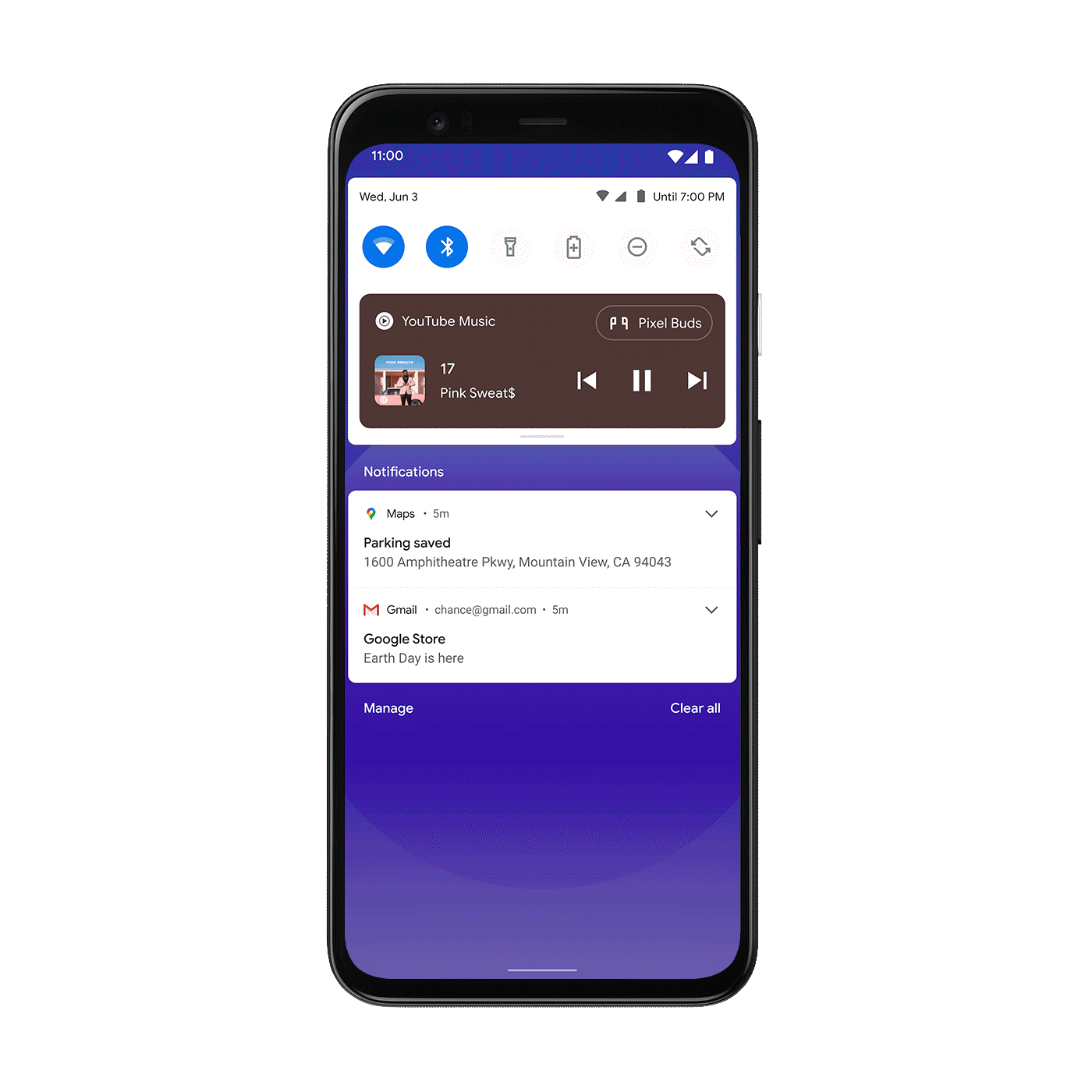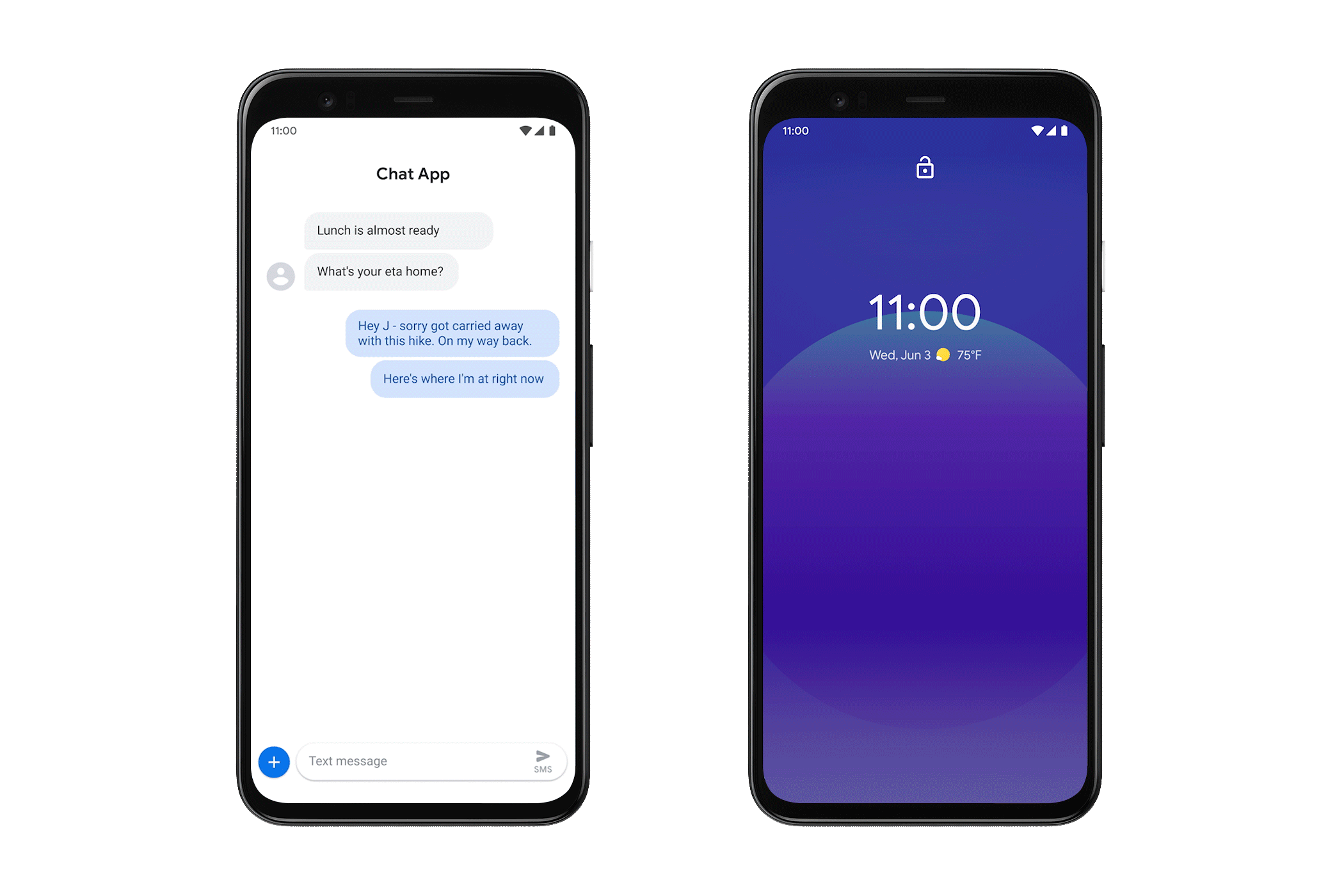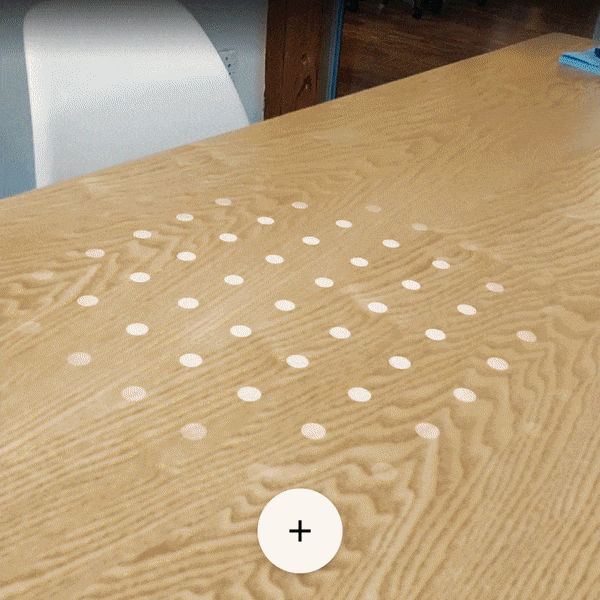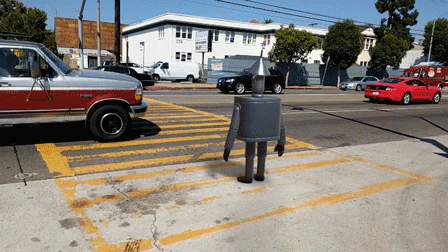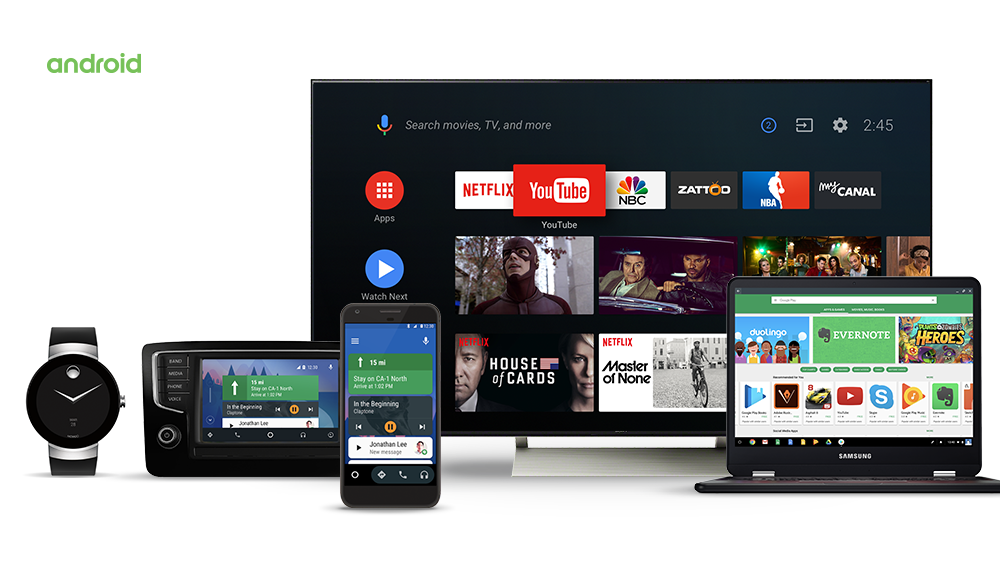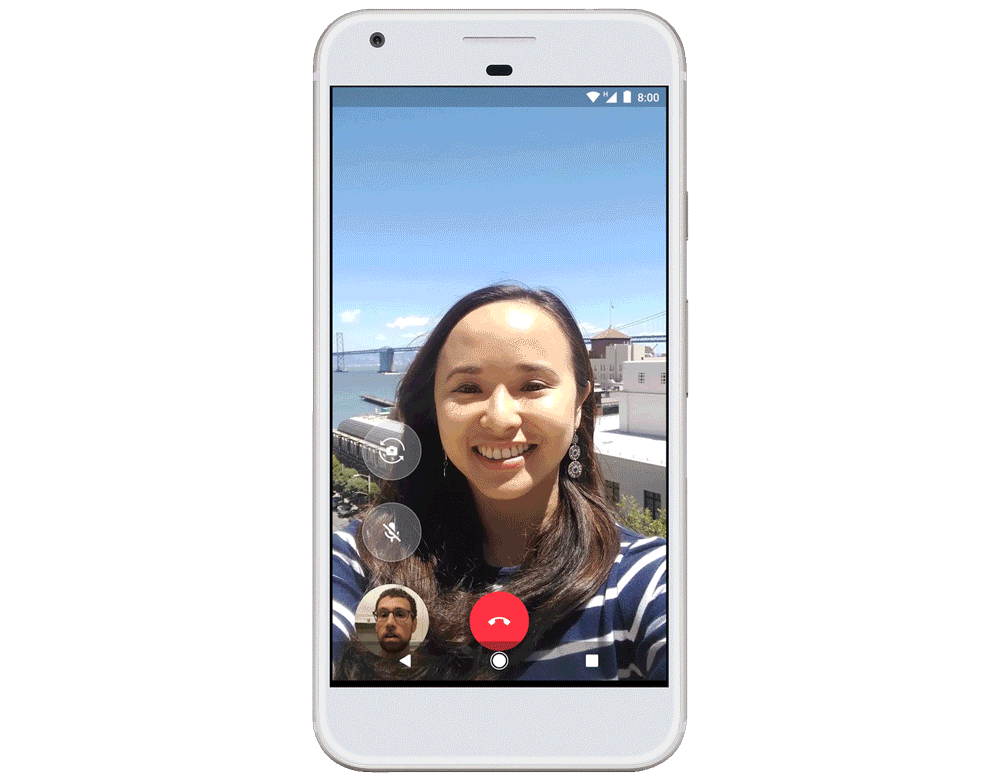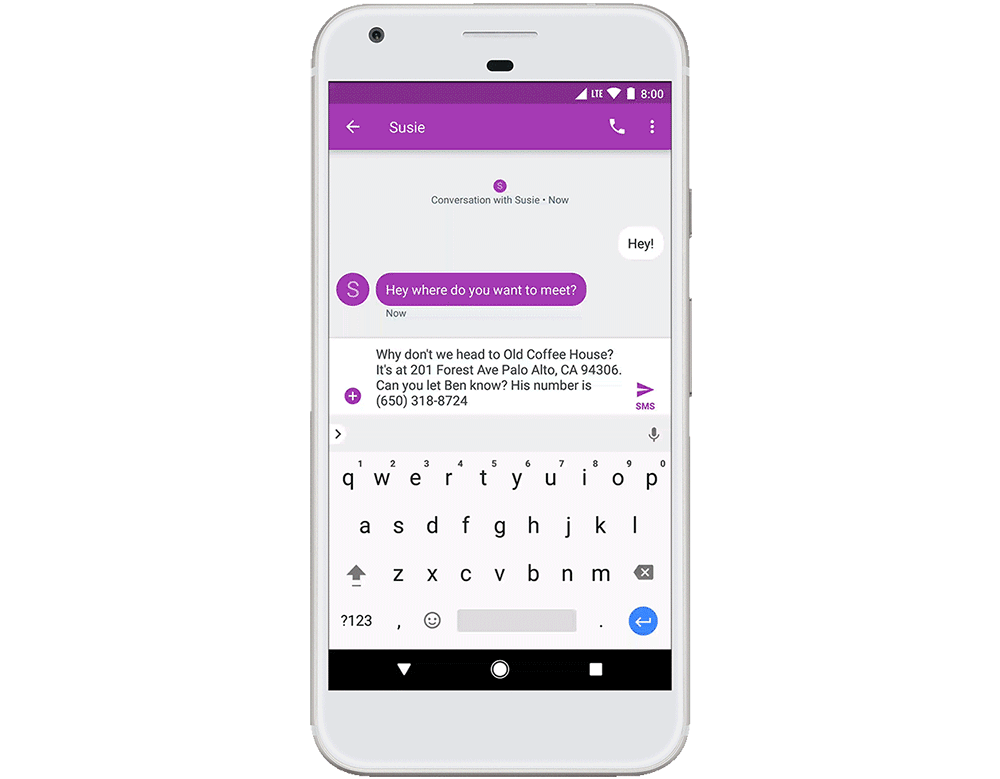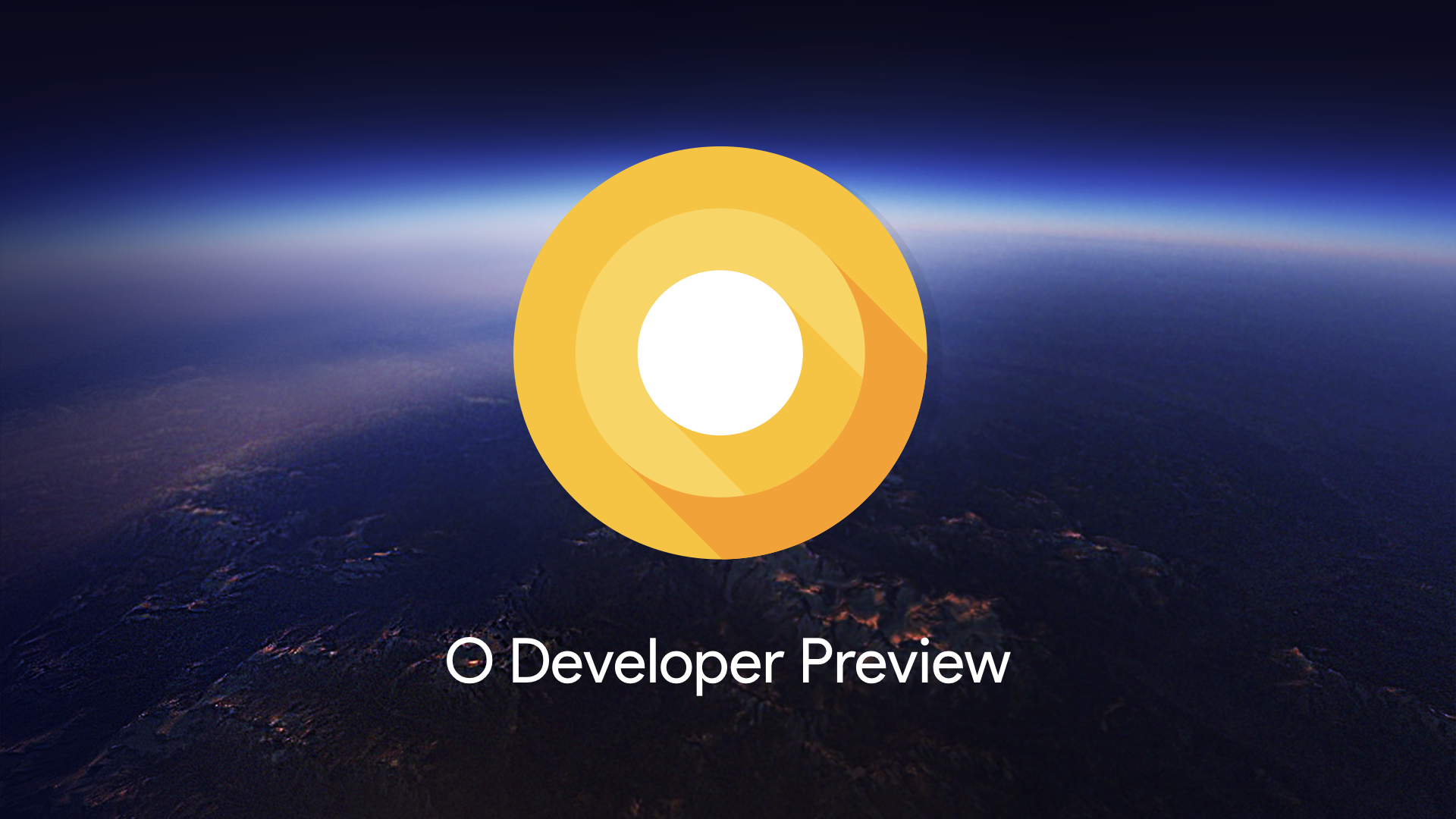New ways to control your connected devices & media
4. You can now access all your smart devices in one place, simply by long pressing the power button. Control your connected devices like your thermostat or smart lock with a tap, so there’s no need to open multiple apps.
5. Media controls have been redesigned and are more helpful than ever. You can now quickly switch the device your media is playing on, so you can take your music with you from your headphones to your speaker without missing a beat.
6. Android Auto now works wirelessly for all phones running Android 11 as long as you have a compatible vehicle. So you can bring the best of your phone on every drive while skipping the cable—get directions with a tap, talk to send a text, play your favorite media and get help from Google Assistant.
More control over your privacy and data
7. One-time permissions will allow you to grant single use access to your most sensitive permissions: microphone, camera and location. The next time the app needs access to the sensors, it must ask you for your permission again.
8. If you haven’t used an app that you installed on your device in a while, you may not want it to keep accessing your data. Android will now “auto-reset” permissions for your unused apps and notify you accordingly. You can always decide to re-grant the app permissions the next time you use the app.
9. With additional Google Play system update modules, even more security and privacy fixes can be sent to your phone from Google Play, in the same way your apps update. So you’ll get these fixes as soon as they’re available, without having to wait for a full OS update.
10. For Android Enterprise users, Android 11 brings the privacy protections you get on a personally-owned device to your company-owned device. The work profile gives your IT department tools to manage a device without monitoring your personal profile data or activity on your phone.
Even more on Pixel
11. If you're using a Pixel 2 or above you'll get additional features to organize and manage your phone, like app suggestions on the home screen based on your daily routines, and new overview actions that allow you to take a screenshot of an app and select text and images, and more.
Android 11 will begin rolling out today on select Pixel, OnePlus, Xiaomi, OPPO and realme phones, with more partners launching and upgrading devices over the coming months. Learn more at
android.com/android-11.
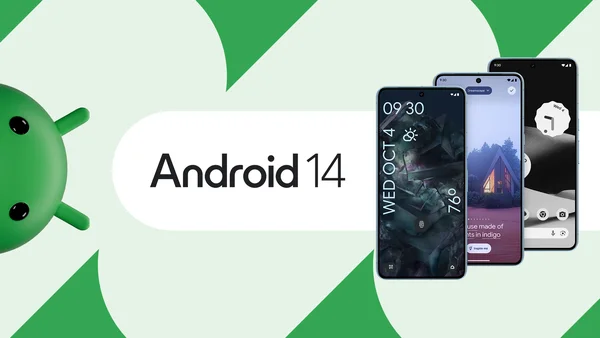 Android 14 is here with personal, protective and accessible features that put users first and celebrate their individuality.
Android 14 is here with personal, protective and accessible features that put users first and celebrate their individuality.
 Android 14 is here with personal, protective and accessible features that put users first and celebrate their individuality.
Android 14 is here with personal, protective and accessible features that put users first and celebrate their individuality.
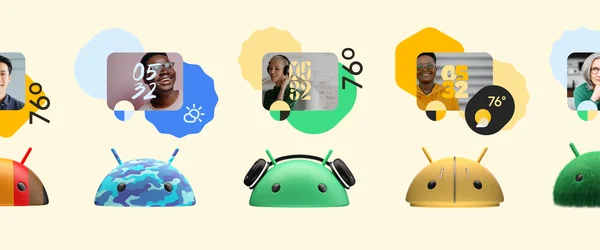 At I/O 2023, Android announced new customization features using generative AI that help make your devices uniquely yours.
At I/O 2023, Android announced new customization features using generative AI that help make your devices uniquely yours.
